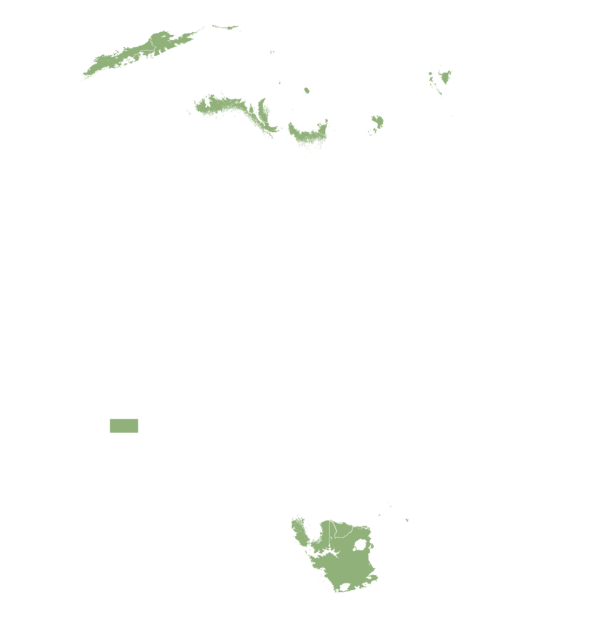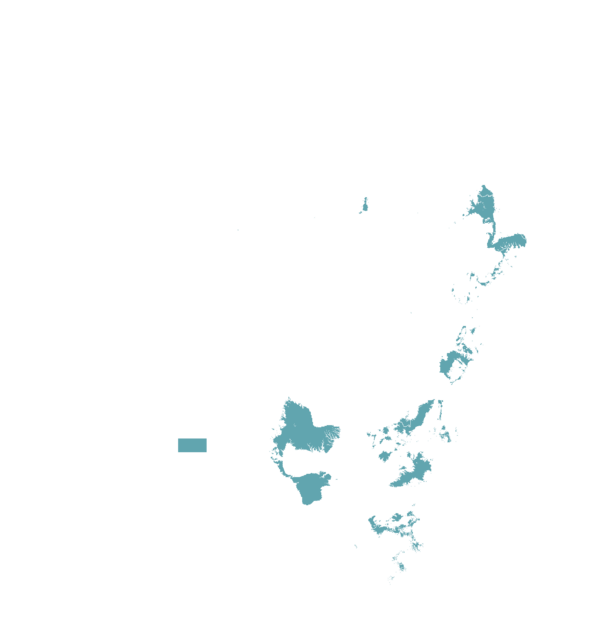

Make farming easier with planting and fertilizing machines
This technology is designed to reduce the workload for millet and sorghum producers. It includes walking-style power tillers, hand-pushed planters, fertilizer applicators, small engine backpack brush cutters and paddle weeders, and power sprayers. The motorized planter and fertilizer micro-dose applicator, known as "Sénékéla", provides precise and fast placement of seeds and mineral inputs on prepared soils or ridges. These technologies aim to improve efficiency and productivity in small-scale farming, especially in regions with limited access to markets and infrastructure.
This technology is TAAT1 validated.
Adults 18 and over: Positive high
The poor: Positive low
Under 18: Positive low
Women: Positive low
Climate adaptability: Moderately adaptable
Farmer climate change readiness: Significant improvement
Biodiversity: No impact on biodiversity
Environmental health: Does not improve environmental health
Soil quality: Does not affect soil health and fertility
The adoption of Mechanized Tillers, Planters, and Fertilizer Applicators presents a promising solution for enhancing agricultural efficiency and reducing labor-intensive tasks. Aligned with Sustainable Development Goals 2, 5, and 13, this technology facilitates increased productivity, potential relief from labor burdens, and promotes sustainable land management practices.
To integrate this technology into your project, consider the following steps and requirements:
Evaluate the size and number of units needed for your project, considering the cost of Mechanized Tillers, Planters, and Fertilizer Applicators knowing that a single-row planters for millet and sorghum pushed by hand cost between 250 USD and 350 USD. Suppliers in Africa sell power tillers with 7 to 12 horsepower engines for US 1,200 USD to 2,500 USD depending on the make, power, and attachments. The Sénékéla motorized planter and fertilizer applicator costs about 1,000 USD and comes with a one year warranty on engine and parts. Fuel consumption is about 2 liters per hectare if regularly and appropriately serviced, and the machine has a lifespan of 10 years. The maintenance and repair costs for machinery is about 70% and 100% of its price.
Engage a team of trainers to provide comprehensive training and post-training support for technology usage and maintenance. Develop communication materials such as flyers, videos, and radio broadcasts to raise awareness about the technology.
Collaborate with agricultural development institutes and/or fleet managers to implement the technology in your country.
Open source / open access
Scaling Readiness describes how complete a technology’s development is and its ability to be scaled. It produces a score that measures a technology’s readiness along two axes: the level of maturity of the idea itself, and the level to which the technology has been used so far.
Each axis goes from 0 to 9 where 9 is the “ready-to-scale” status. For each technology profile in the e-catalogs we have documented the scaling readiness status from evidence given by the technology providers. The e-catalogs only showcase technologies for which the scaling readiness score is at least 8 for maturity of the idea and 7 for the level of use.
The graph below represents visually the scaling readiness status for this technology, you can see the label of each level by hovering your mouse cursor on the number.
Read more about scaling readiness ›
Uncontrolled environment: tested
Used by some intended users, in the real world
| Maturity of the idea | Level of use | |||||||||
| 9 | ||||||||||
| 8 | ||||||||||
| 7 | ||||||||||
| 6 | ||||||||||
| 5 | ||||||||||
| 4 | ||||||||||
| 3 | ||||||||||
| 2 | ||||||||||
| 1 | ||||||||||
| 1 | 2 | 3 | 4 | 5 | 6 | 7 | 8 | 9 | ||
| Country | Testing ongoing | Tested | Adopted |
|---|---|---|---|
| Ethiopia | –No ongoing testing | –Not tested | Adopted |
| Kenya | –No ongoing testing | –Not tested | Adopted |
| Mali | –No ongoing testing | –Not tested | Adopted |
| Niger | –No ongoing testing | –Not tested | Adopted |
| Nigeria | –No ongoing testing | –Not tested | Adopted |
| Senegal | –No ongoing testing | –Not tested | Adopted |
| Sudan | –No ongoing testing | –Not tested | Adopted |
| Tanzania | –No ongoing testing | –Not tested | Adopted |
| Zimbabwe | –No ongoing testing | –Not tested | Adopted |
This technology can be used in the colored agro-ecological zones. Any zones shown in white are not suitable for this technology.











| AEZ | Subtropic - warm | Subtropic - cool | Tropic - warm | Tropic - cool |
|---|---|---|---|---|
| Arid | – | – | ||
| Semiarid | – | – | ||
| Subhumid | ||||
| Humid | – | – |
Source: HarvestChoice/IFPRI 2009
The United Nations Sustainable Development Goals that are applicable to this technology.


Last updated on 31 October 2025